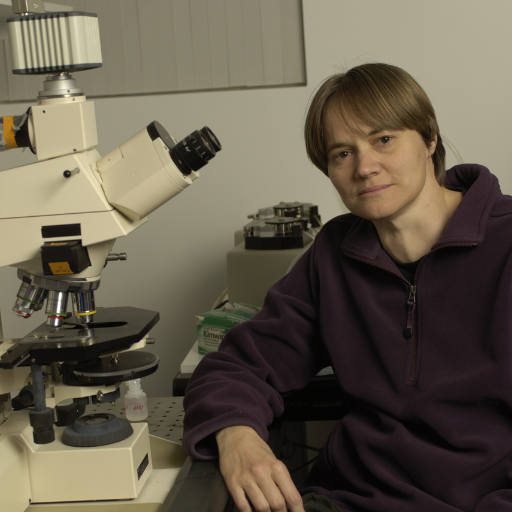Genetic Studies of POAG in Hispanic Americans
About the Research Project
Program
Award Type
Standard
Award Amount
$69,731
Active Dates
April 01, 2003 - September 30, 2005
Grant ID
G2003016
Summary
The objective of this research is to examine Hispanic individuals and eventually, families with Primary Open-Angle Glaucoma (POAG) who live in the regions around Tucson, Arizona for a genetic mutation that leads to glaucoma. Dr. Allingham has hypothesized that optineurin (OPTN), a gene known to be associated with normal-tension POAG, may play an important role in the development of glaucoma in Hispanics. In order to explore this hypothesis, Dr. Allingham’s team is evaluating one hundred unrelated individuals with POAG, and an equal number of age- and sex-matched control subjects. Blood samples will be drawn for DNA analysis and genetic studies, and these samples will then be analyzed at the Center for Genetics at Duke University. The first objective of this proposal is to help elucidate this potential causative factor in a Hispanic population. The long-term goal will be to collect multiplex families (families containing multiple affected members) for genetic linkage analysis. This will help determine the role of mutations in known genes that cause POAG in this population, screen new genes as they are discovered, and contribute to the process of discovering currently unknown genes that affect Hispanic Americans.
Related Grants
National Glaucoma Research
Interleukin-10 As a Neuroprotective Factor in Glaucoma
Active Dates
July 01, 2025 - June 30, 2027

Principal Investigator
Tatjana Jakobs, MD
Current Organization
The Schepens Eye Research Institute, Mass. Eye and Ear
National Glaucoma Research
From Resilience to Vulnerability: How Stress Accelerates Aging
Active Dates
July 01, 2025 - June 30, 2027

Principal Investigator
Dorota Skowronska-Krawczyk, PhD
Current Organization
University Of California, Irvine
National Glaucoma Research
Novel Mechanisms to Regulate Eye Pressure
Active Dates
July 01, 2025 - June 30, 2027

Principal Investigator
Colleen McDowell, PhD
Current Organization
University of Wisconsin-Madison



